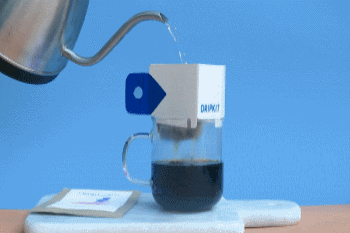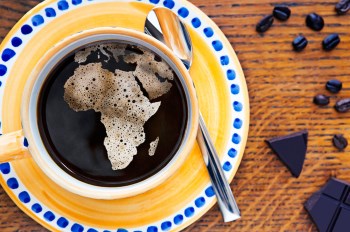According to dailycoffeenews.com, Milk lumps are one of the newest inventions made by the researchers at Germany’s Martin Luther University Halle-Wittenberg. These small, round capsules contain milk which is placed inside it and hold by a crystalline crust so as to remain solid before putting it into a hot coffee and dissolved. Each milk lump is surrounded by a crystal capsule
Milk Lumps, the Eco Friendly Capsules










